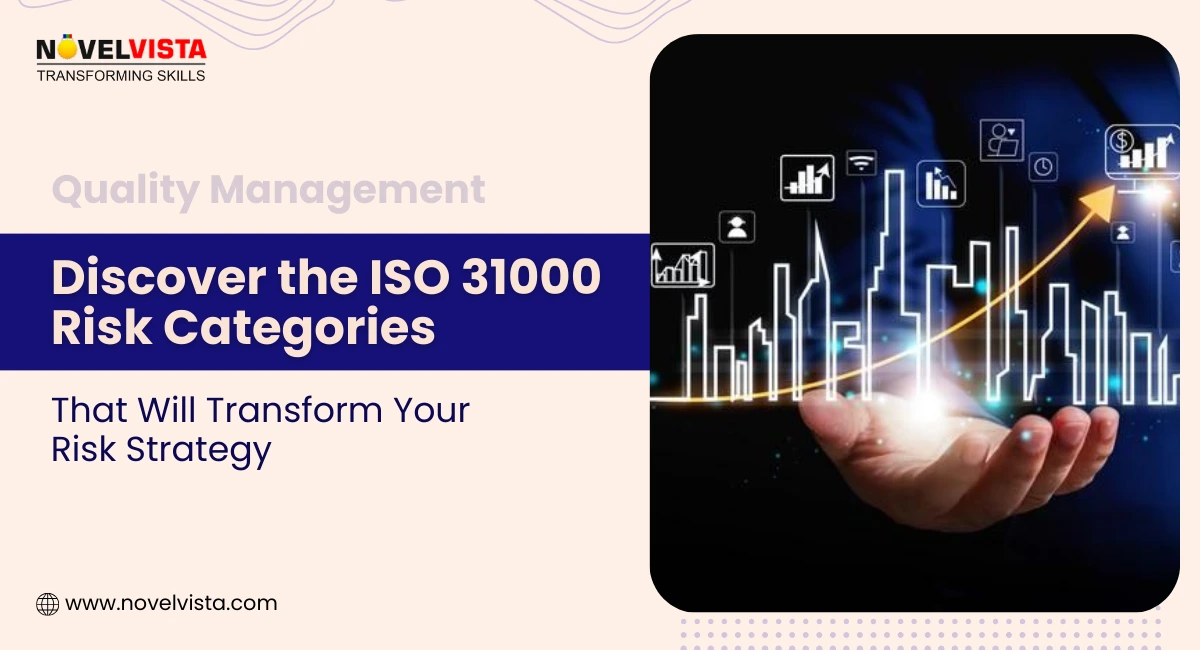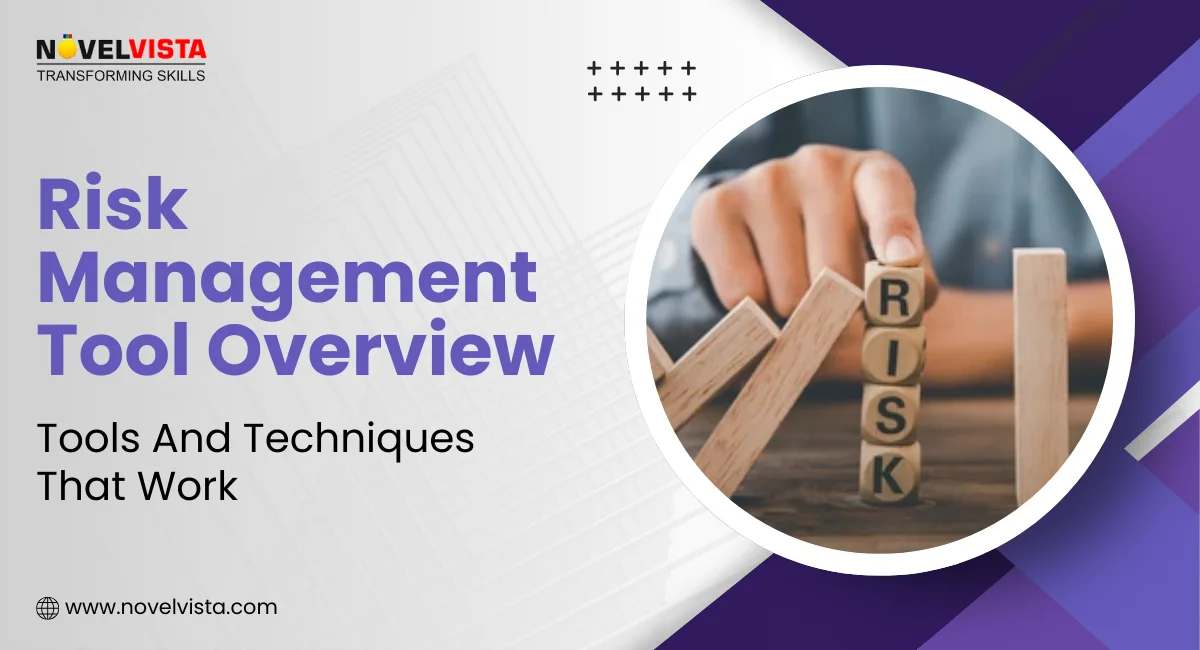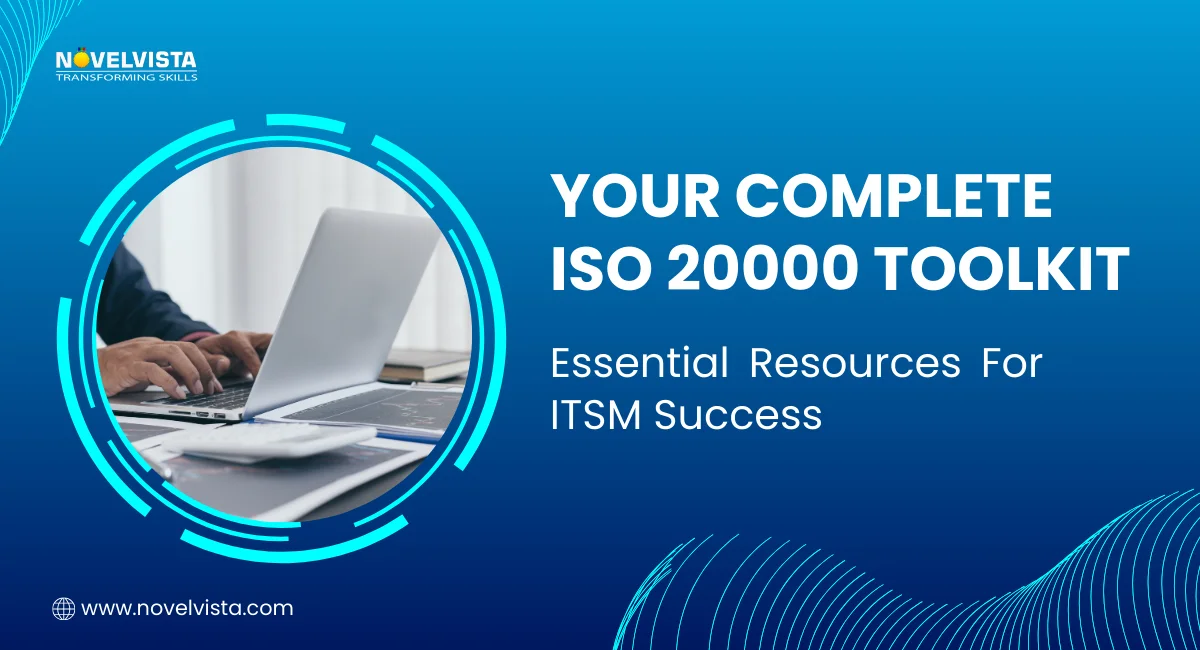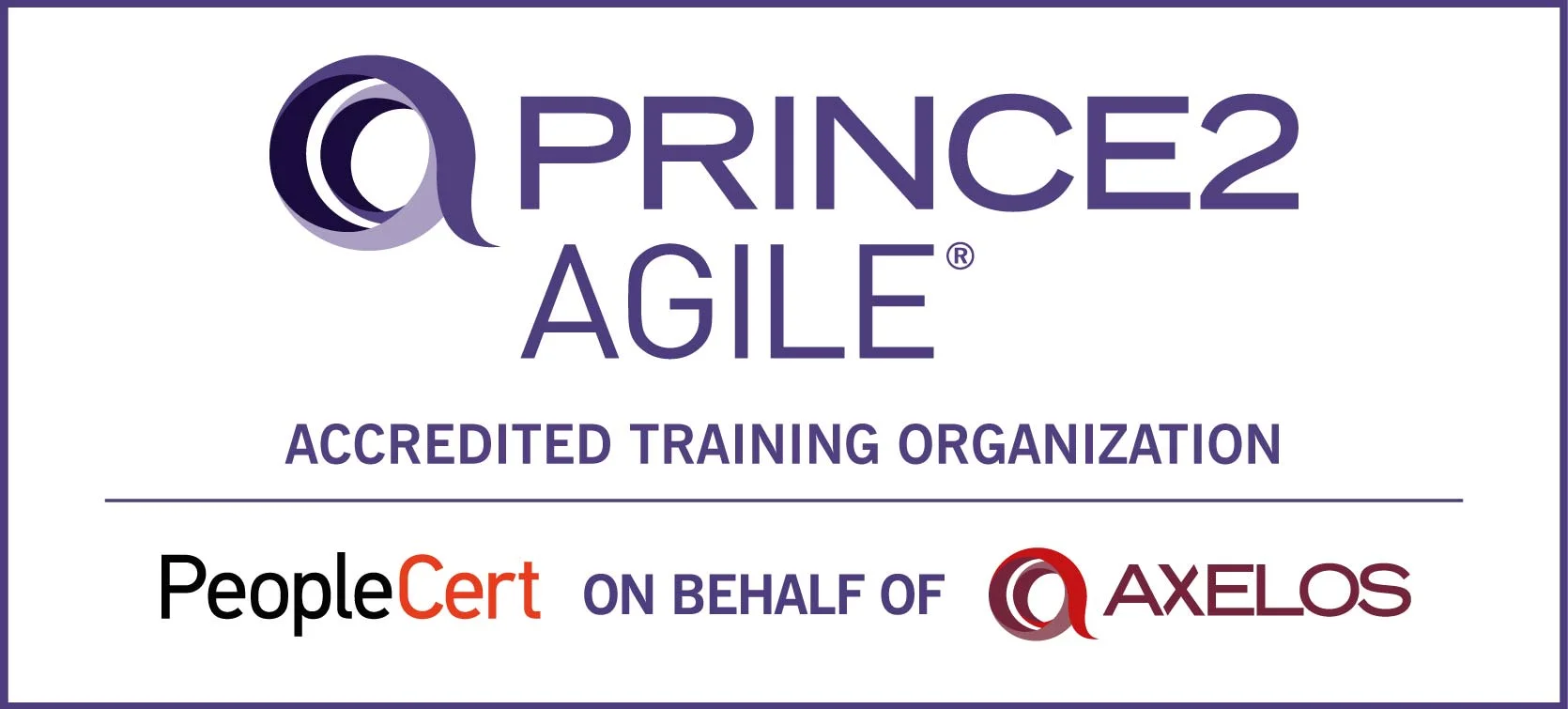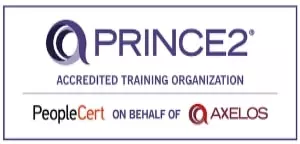- Understanding the Connection: ISO 9001 And ISO 31000 Audit
- Strategic Risk Categories
- Operational Risk Categories
- Financial Risk Categories
- External & Environmental Risk Categories
- Reputation & Stakeholder Risk Categories
- Why ISO 31000 Risk Categories Matter More Than Ever
- Conclusion: Transform Your Strategy
If there’s one thing every business leader can agree on today, it’s this: risk is growing faster than ever. A recent global survey found that 73% of organizations experienced at least one major operational disruption in the last 12 months, while over 60% reported increased exposure to cyber, financial, and compliance risks.
With markets shifting, technology evolving, customer expectations rising, and regulations tightening, organizations can no longer afford a reactive mindset. They need structured clarity. They need a framework that sees risks before they strike. And that’s exactly where ISO 31000 risk categories come in.
If you want to understand how to classify, analyze, and manage risk effectively, then mastering iso 31000 will give you an advantage few people possess.
And to get there, you first need to understand the foundation: the ISO 9001 audit.
Understanding the Connection: ISO 9001 And ISO 31000 Audit
An ISO 9001 audit evaluates whether an organization’s quality management system (QMS) meets the requirements of the ISO 9001 standard. It checks whether processes are controlled, consistent, measurable, and geared toward continual improvement. But here’s where it becomes even more interesting: a strong QMS is not only about quality—it’s about managing risk in a structured way.
This is why many organizations combine their quality efforts with the iso 31000, giving them a complete view of what could impact performance, customers, reputation, and growth.
An ISO 9001 audit typically checks:
- How well processes are documented and standardized
- Whether quality objectives align with business goals
- How effectively risks and opportunities are managed
- Whether employees understand and follow defined processes
- How performance is measured and improved
Once companies understand the importance of structured auditing, the next step is mastering ISO 31000 risk categories, because you cannot improve what you cannot identify.
Now we dive into the core.

Strategic Risk Categories
ISO 31000 does not define a fixed list of categories. Instead, it provides a universal, flexible structure that organizations can adapt to their environment. Based on global best practices and industry interpretation, here is the most practical version of the iso 31000, clearly organized into meaningful headings.
Business & Strategy Risks
These risks arise when long-term decisions fail to align with market conditions, competition, or customer expectations. They directly influence growth, innovation, and relevance in the industry. Organizations that regularly review strategic assumptions are better positioned to adapt and thrive.
Governance & Compliance Risks
Weak oversight, unclear accountability, or ineffective decision-making structures fall under this category. Poor governance can create blind spots that grow into larger problems. By tightening governance practices, organizations reduce uncertainty and ensure consistent performance.
Operational Risk Categories
Operational & Process Risks
These risks occur when internal processes fail, break down, or become inefficient. Even minor workflow disruptions can cause delays, quality issues, or increased costs. When organizations optimize processes, they increase resilience and build operational confidence.
Human Resource & People Risks
Skill gaps, attrition, disengagement, and cultural issues all influence organizational stability. People-related risks often have a cascading effect on productivity and morale. Addressing them proactively strengthens teams and improves long-term performance.
Technology & IT Risks
Outdated systems, cybersecurity gaps, technical failures, and poor digital alignment create significant vulnerabilities. As organizations digitize, IT risks grow more complex and interconnected. Proactive monitoring and modernization efforts minimize exposure.
Don’t Let Risks Surprise You – Download Your Free Guide!
Get Clarity in Uncertainty: Your ISO 31000 Action Guide
and uncover practical strategies to identify, assess,
and manage risks before they impact your business.
Financial Risk Categories
Financial & Market Risks
Inflation, recession, cash-flow issues, or market volatility all fall under this broad category. These risks directly affect budgets, profitability, and strategic investments. Effective forecasting and diversification help organizations navigate unstable conditions.
Fraud & Integrity Risks
Manipulation, theft, or unethical financial behavior can cause reputational and monetary damage. These risks often arise from weak internal controls or insufficient oversight. Building transparent reporting structures reduces the likelihood of fraud.
External & Environmental Risk Categories
Environmental & Natural Disaster Risks
Climate events, pollution, and natural disasters create risks that can halt operations or disrupt supply chains. Their impact is often sudden and severe. Organizations that use an ISO 31000 Checklist and focus on sustainability and preparedness are better equipped to identify vulnerabilities early and manage these challenges effectively.
Legal, Political & Regulatory Risks
Changes in laws, political instability, or regulatory shifts can force organizations to adapt quickly. These risks affect compliance, operations, and financial planning. Staying informed and flexible helps organizations remain compliant and competitive.
Reputation & Stakeholder Risk Categories
Reputation & Brand Risks
Negative publicity, customer dissatisfaction, or brand misalignment can significantly damage trust. Reputational issues usually impact long-term performance across multiple areas. Strong communication and consistent values safeguard brand perception.
Stakeholder & Relationship Risks
Vendor issues, customer conflicts, and partner misalignment all fall into this group. Poor stakeholder management can lead to delays, cost overruns, and reduced cooperation. Transparent relationships help organizations maintain mutual trust and stability.
Why ISO 31000 Risk Categories Matter More Than Ever

Understanding these categories is not merely a compliance exercise. It gives organizations a powerful, structured way to anticipate, evaluate, and respond to uncertainty. Whether you use the iso 31000 risk categories list for planning, auditing, or governance, the benefits are undeniable.
You gain clarity about where your biggest risks truly lie
Teams can prioritize resources more intelligently
Decision-making becomes faster and more evidence-based
Internal communication about risks becomes simplified
Leaders understand how risks are connected across functions
Put simply: ISO 31000 risk categories examples don’t just classify risks—they help organizations build confidence, resilience, and long-term success.
Conclusion: Transform Your Strategy
Mastering iso 31000 risk categories gives you a sharper lens to understand uncertainty. Whether you’re preparing for an audit, building a risk management framework, or strengthening your strategy, these categories help you identify what truly matters. And with the rising complexity of the global landscape, organizations that adopt a structured risk framework will always outperform those that rely on intuition alone.
If you want a stronger, smarter, more resilient organization, start by understanding the iso 31000 risk categories list, translate it into action, and continuously review your risks as conditions evolve.
Your strategy will never look the same again.
Take the Next Step in Your Risk Management Journey
Ready to strengthen your risk management expertise and build a future-ready career?
Join NovelVista’s ISO 31000 Risk Manager Certification Training and gain hands-on understanding of risk frameworks, practical risk assessment techniques, and globally recognized competencies. Designed for managers, auditors, analysts, and governance professionals, this program empowers you to identify, evaluate, and manage risks with confidence in any organizational setting.
Start your ISO 31000 risk management journey today.
Frequently Asked Questions
Author Details

Mr.Vikas Sharma
Principal Consultant
I am an Accredited ITIL, ITIL 4, ITIL 4 DITS, ITIL® 4 Strategic Leader, Certified SAFe Practice Consultant , SIAM Professional, PRINCE2 AGILE, Six Sigma Black Belt Trainer with more than 20 years of Industry experience. Working as SIAM consultant managing end-to-end accountability for the performance and delivery of IT services to the users and coordinating delivery, integration, and interoperability across multiple services and suppliers. Trained more than 10000+ participants under various ITSM, Agile & Project Management frameworks like ITIL, SAFe, SIAM, VeriSM, and PRINCE2, Scrum, DevOps, Cloud, etc.
Course Related To This blog
ISO 42001 Lead Implementer
ISO 20000:2018 Lead Auditor
Certified ISO 31000:2018 Risk Manager
ISO/IEC 27001 Foundation
ISO/IEC 20000 Foundation
Confused About Certification?
Get Free Consultation Call

